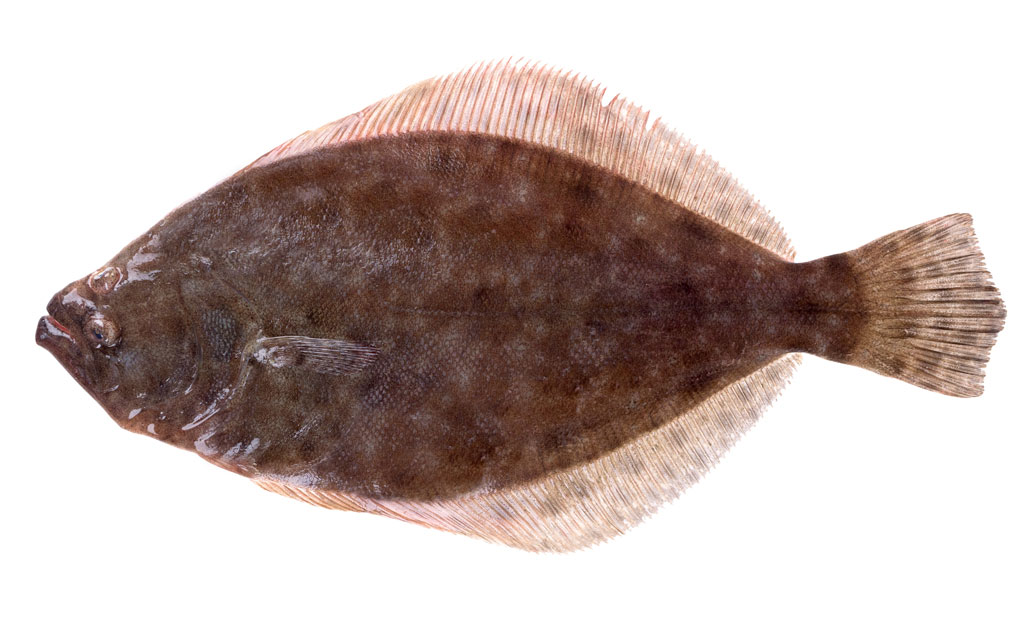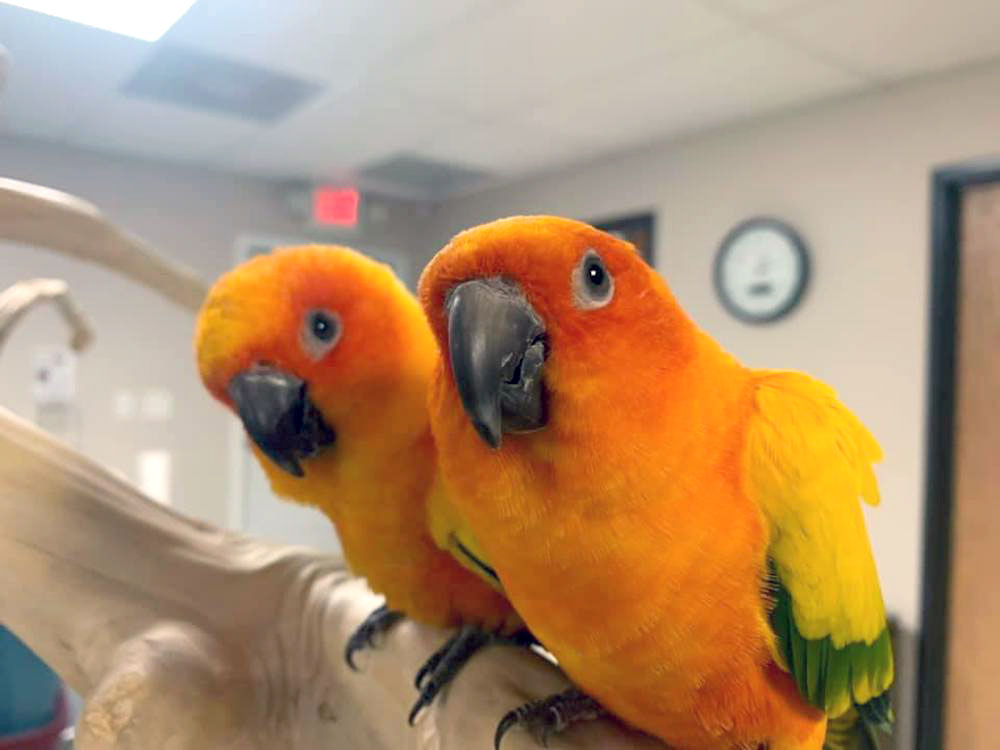GET READY FOR THE WHOOPERS! — Endangered whooping cranes have left their spring and summer homes in Canada and are on their way to the Aransas National Wildlife Refuge for winter. The annual 2,400-mile fall migration begins when the Canadian-hatched chicks are ready to spread their wings and fly — a process that begins five to six months after breaking out of their shells.
Heading for Texas now are 150+ of the world's only natural flock of whooping cranes. Another flock of cranes, which were born in captivity, are lead each year by humans in ultralight aircraft to a winter home in Florida.
In Texas, however, the younger birds are lead by their elders to the Corpus Christi area in the Coastal Bend region of the Gulf Coast. They will be watched and studied every step of the way, although to do so, scientists need your help!
While much is known about the homes of the whooping crane, knowledge of what happens during migration is harder to come by. A citizen science initiative launched by the Texas Parks and Wildlife Department (TPWD) invites Texas residents and visitors to report whooper sightings as the most endangered birds in the world make their way south.
Texas Whooper Watch is a volunteer monitoring program developed to help the agency learn more about Whooping Cranes and their winter habitats in Texas.
Whoopers have wintered on the Texas coast on and near Aransas National Wildlife Refuge since the 1940s, when there were only 16 birds in the flock. Recently, several groups of whooping cranes have expanded into other coastal areas and some inland sites in Central Texas.
In late October, early November, whoopers follow a migratory path through North and Central Texas that includes cities such as Wichita Falls, Fort Worth, Waco, Austin and Victoria. During migration they often pause overnight to use wetlands for roosting and agricultural fields for feeding. They seldom remain more than one night.
The typical sighting (71 percent of all observations) is fewer than three birds, but they may be seen roosting and feeding with large flocks of the smaller sandhill crane.
Whoopers are the tallest birds in North America, standing nearly five feet. The cranes are solid white in color except for black wing-tips that are visible only in flight. They fly with necks and legs outstretched.
[image id="9203" title="Map courtesy www.learner.org" class="size-medium wp-image-17743" width="300" height="268" ] Map courtesy www.learner.orgYou can help protect the whoopers by reporting sightings of and by preventing disturbance of their overnight roosting and feeding locations. Sightings can be reported to whoopingcranes@tpwd.texas.gov or (512) 389-TXWW (8999). Observers are asked especially to note whether the cranes have colored bands on their legs. Volunteers interested in attending training sessions to become “Whooper Watchers” should contact TPWD at whoopingcranes@tpwd.texas.gov or (512) 389-TXWW (8999).
Additional information, including photos of whooping crane look-alike species, can be found on the TWPD website and at whoopingcrane.com.





